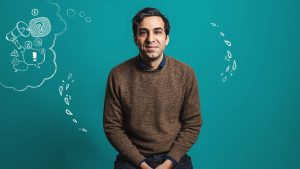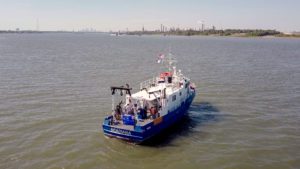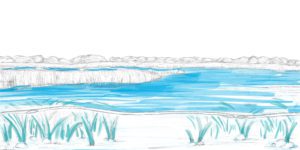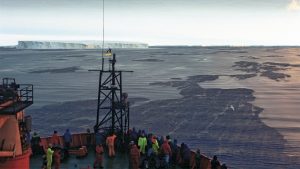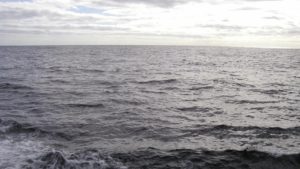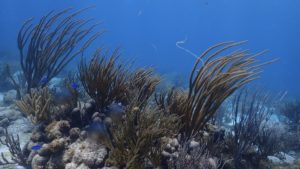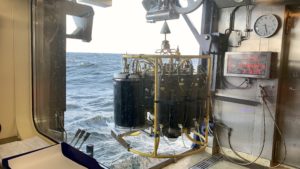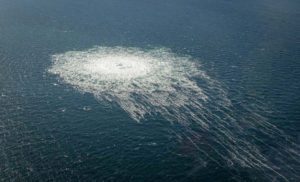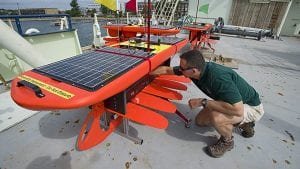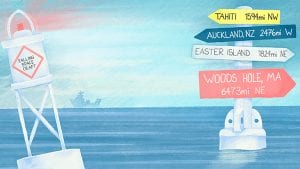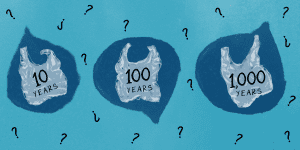Research Highlights
Oceanus Magazine
Danielle Haas Freeman draws on the language of chemistry to solve an oil spill puzzle
News Releases
A newly published article spells out the work needed to assess the potential of ocean iron fertilization as a low cost, scalable, and rapidly deployable method of mCDR.
Change was made in response to changing ship availability and to resulting changes in ocean conditions later in the year
What species live in this coral reef, and are they healthy? Chemical clues emitted by marine organisms might hold that information
In his new book, A Kids Book About Being a Scientist, award-winning author and WHOI chemist Chris Reddy encourages young people to explore the world around them
Human activities account for a substantial amount – anywhere from 20% to more than 60% – of toxic thallium that has entered the Baltic Sea over the past 80 years, according to new research by scientists affiliated with WHOI and other institutions.

